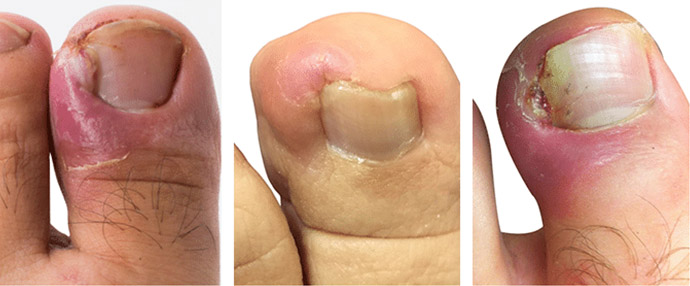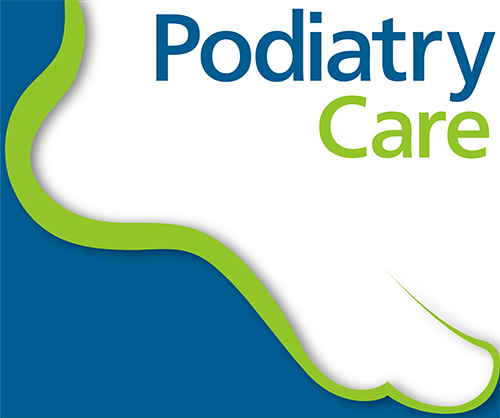Yes, podiatrists do treat ingrown toenails. While not all podiatrists or podiatry clinics may offer ingrown toenails treatment or provide ingrown toenail surgery, at Podiatry Care Gawler, we have a special interest in treating ingrown toenails and performing ingrown toenail surgery. Our experienced podiatrist, Kaye Halliday, has extensive knowledge in treating both mild and severe cases of ingrown toenails, and she performs the procedure in-house at our clinic.
What Is an Ingrown Toenail?
An ingrown toenail occurs when the edge of the toenail grows into the surrounding skin, causing pain, redness, swelling, and sometimes infection. This condition can develop from improper nail trimming, tight shoes, injury, or even inherited foot shape or nail structure. Left untreated, an ingrown toenail can lead to more serious issues, such as infections that may spread to surrounding tissues or bones.

Why See a Podiatrist?
Although home remedies may provide temporary relief, seeing a podiatrist for professional treatment is the best way to prevent recurrences and complications. Ignoring an ingrown toenail can cause significant discomfort and lead to further health problems. At Podiatry Care Gawler, we are equipped with the expertise and advanced techniques to address ingrown toenails effectively, whether they’re a one-time issue or a recurring problem.
Treatments for Ingrown Toenails at Podiatry Care Gawler
We offer several treatment options at Podiatry Care Gawler, tailored to your specific needs and the severity of the condition. Our podiatrists take a personalised approach to ensure the most effective solution for each patient.
Conservative Management (without Surgery)
For less severe cases of ingrown toenails, our podiatrists can often manage the condition without the need for surgery. This conservative management involves gently lifting the edge of the toenail to relieve pressure and prevent it from digging into the surrounding skin. In some cases, we will also remove any nail spicules (sharp edges) that may be causing the ingrown toenail. This approach is typically painless and does not require local anaesthetic.
Partial Nail Surgery
When an ingrown toenail becomes infected or swollen, a partial nail surgery may be necessary. This procedure involves removing the ingrown portion of the toenail under local anaesthesia to ensure the patient is comfortable. In cases where the toenail is prone to regrowth, we may use a chemical (phenol) treatment to prevent it from growing back.
Full Nail and Tissue Removal
For persistent or chronic ingrown toenails that do not respond to other treatments, a full nail and tissue removal may be required. During this procedure, the entire toenail is removed, along with the underlying tissue, to prevent future ingrown nails. This procedure is done under local anaesthetic and ensures the patient is pain-free throughout the treatment.

Post-Op Care and Recovery
After undergoing ingrown toenail surgery at Podiatry Care Gawler, patients can generally return to their normal daily activities within 2-3 days. However, a dressing needs to be kept on for 3-4 weeks post-surgery until the area has fully healed. During this time, our podiatrists will follow up with you to ensure there are no complications or infections. We schedule follow-up appointments one day after surgery, one week after, and again at 3 weeks post-surgery.
Preventing Ingrown Toenails
- Trim nails straight across, avoiding cutting them in a curved shape.
- Wear shoes that fit properly and don’t squeeze the toes.
- Seek professional advice from a podiatrist if you’re prone to ingrown toenails.

